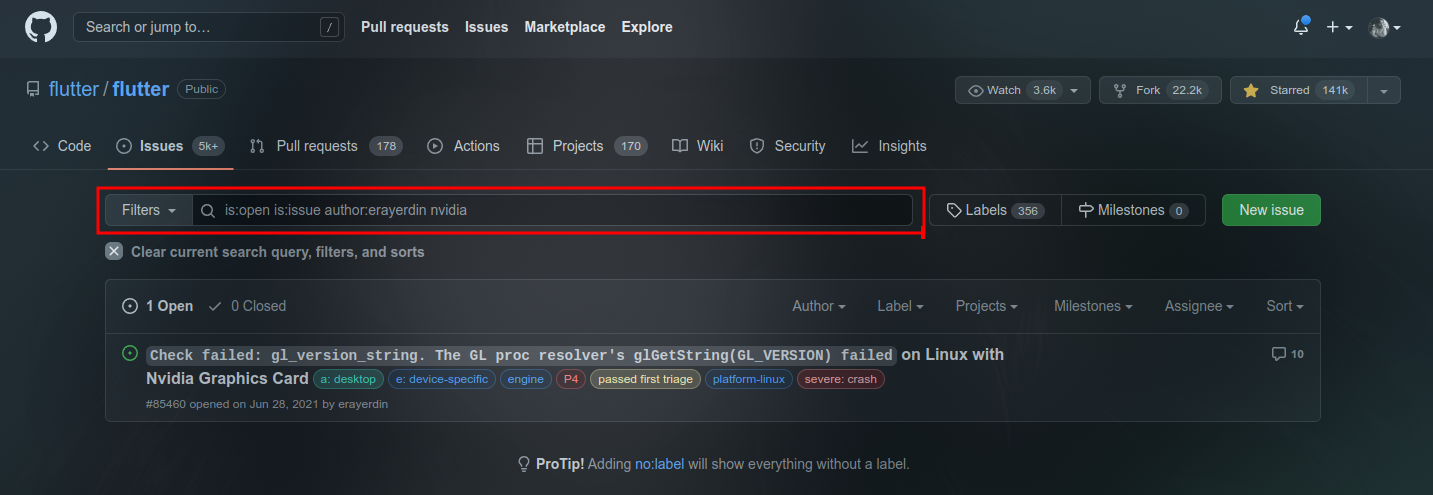OLDL¶
OLDL (One-Line Data Language) is a data language just like JSON, YAML and TOML. However, hence the name, the data is represented on only one line.
Why?¶
In modern software, filtering and sorting feature is provided by custom widgets like chips, dropdowns or checkboxes etc.
While using components to filter or sort the data is a good approach especially in terms of UI/UX, these components are moderately hard to implement, prone to bugs at times and they are hard to expand when new requirements for a software arrive.
There's another and much simpler approach to filter or sort the data. This is how Github handles it.

Google also uses some a similar approach in its search engine.

This is a much simpler approach. The only problem is that this is not standardized. Any other app might have somehow similar way but it might also differ. Stackoverflow, for example, differs at some points.
This method of providing metadata is easier to provide, implement, expand and comprehend. OLDL tries to set a standard on this approach.
Objectives¶
- The data should be human-readable. A person should recognize and congnitively-parse what the data represents easily.
- The data should be human-writable. As well as human-readability, the standard should be set in a way that a user can provide this data. In desktop, (i) it should require as less key combinations1 as possible and (ii) these key combinations should be physically close2 to each other. In mobile, it should have (i) as less long-press3 as possible and (ii) page-switch on virtual keyboard4 should be avoided.
- Users should be able to provide content along with data. In some cases, key-value pairs do not make sense by themselves or they are simply not enough. So, users should be able to provide a content containing keywords to narrow the results down further.
- The data should be friendly for any user. OLDL does not only target developers as users, but everyday users as well. The data should be presented in a way that any user make sense out of it or write it.
- The data should be flat as much as possible. Since the data should be human-writable and human-readable, a second dimension in data would require complex representations, which is very hard to read and write. That's why it's better to keep it in one dimension as much as possible.
Documentation License¶
This document is licensed under CC BY-SA 4.0.
-
It is meant that the case where user needs to press multiple keys at once to provide a character, usually these combinations start with
SHIFT,CTRL,ALTetc. ↩ -
In order to provide colon sign (
:), user should pressSHIFT+., which is physically very close to each other. ↩ -
It is meant that user needs to press and hold a key in mobile virtual keyboards. It slows down data providing process and might get user annoyed. ↩
-
It is meant that user needs to switch the page on the mobile keyboard to find a specific character. It is annoying to switch the page and try to find a character, so it should be avoided if possible. ↩